When it comes to choosing brass wire drawing machines, many buyers tend to focus on operational speed, automation, and output capacity. While these are critical factors, one often underestimated aspect is the structural design of the machine itself—particularly the material and method used in constructing its main body. The frame is not just a supporting component; it plays a central role in ensuring drawing precision, vibration control, and long-term mechanical stability, especially when producing fine brass wire for demanding applications such as EDM.
A well-built machine frame, such as one made with integrated cast iron, provides a level of rigidity and vibration resistance that welded or bolted structures often struggle to match. In wire drawing, even minor vibrations or flexing in the machine body can lead to inconsistencies in wire diameter, surface finish issues, and reduced equipment lifespan. With brass wire drawing machines, which often operate at high speeds and require consistent tension, the structural integrity of the machine becomes even more essential. A solid frame reduces micro-movements during operation, which directly translates to better dimensional control of the wire.
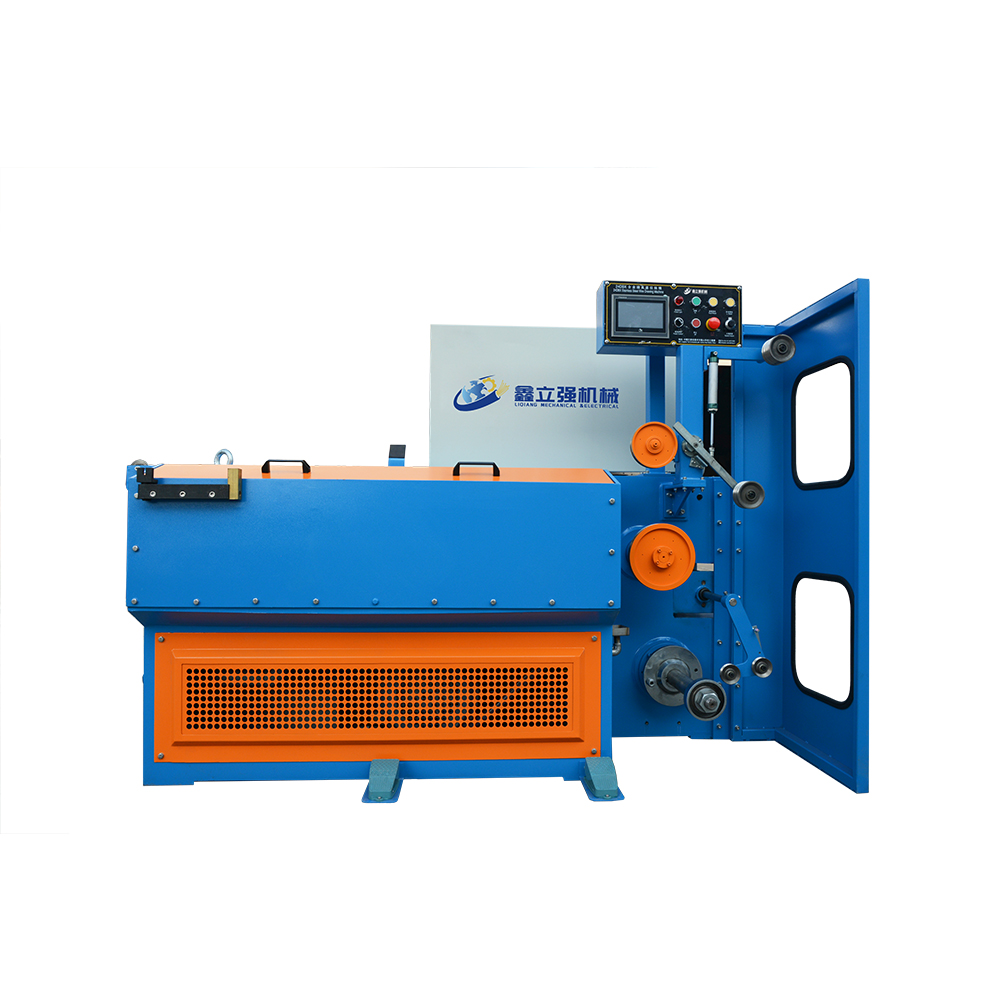
From an engineering standpoint, cast iron offers several advantages over fabricated steel frames. Its natural damping properties help absorb operational vibrations that could otherwise affect both product quality and machine wear. For manufacturers producing fine or ultra-fine brass wire, particularly in multi-pass drawing processes, maintaining mechanical stability across all dies and capstans is crucial. The integrated casting process also eliminates assembly weaknesses, creating a monolithic body that resists deformation under load and thermal expansion during long production shifts.
Beyond technical performance, the frame design of brass wire drawing machines also affects maintenance and operational efficiency. Machines with an integrated cast iron body tend to have fewer joints and connection points, which means fewer opportunities for alignment issues or component loosening over time. This structural coherence supports more accurate setup calibration, which can save valuable downtime during die changes or size adjustments. Customers looking for low-maintenance equipment that maintains long-term performance will find that a strong base structure pays off in the long run.
Durability is not just a buzzword; it’s a direct contributor to production reliability and cost control. Machines with sturdy construction typically require fewer repairs over their service life and maintain tighter tolerances for longer periods, which is particularly important in high-precision brass wire applications. While investing in a well-built machine might carry a higher upfront cost, the return on investment becomes clear when you factor in fewer breakdowns, less recalibration, and consistently higher product quality.
Modern brass wire drawing machines that use advanced structural designs are also easier to integrate into smart factory systems. A vibration-stable platform allows for more accurate sensor readings and smoother operation of automated control systems like PLCs and HMIs. This enhances process feedback and reduces the risk of drawing inconsistencies caused by fluctuating mechanical baselines. For industries with strict quality control standards, especially in electronic and aerospace sectors, the importance of this foundation cannot be overstated.
As a manufacturer focused on quality and long-term value, we’ve seen firsthand how customers benefit from selecting machines with superior structural design. It's not just about what's visible on the surface—what’s inside the machine body often makes the biggest difference in day-to-day production. Choosing brass wire drawing machines with high-grade integrated casting isn't just a technical decision; it’s a smart investment in your factory’s efficiency and product reputation.




 中文简体
中文简体 русский
русский Español
Español عربى
عربى


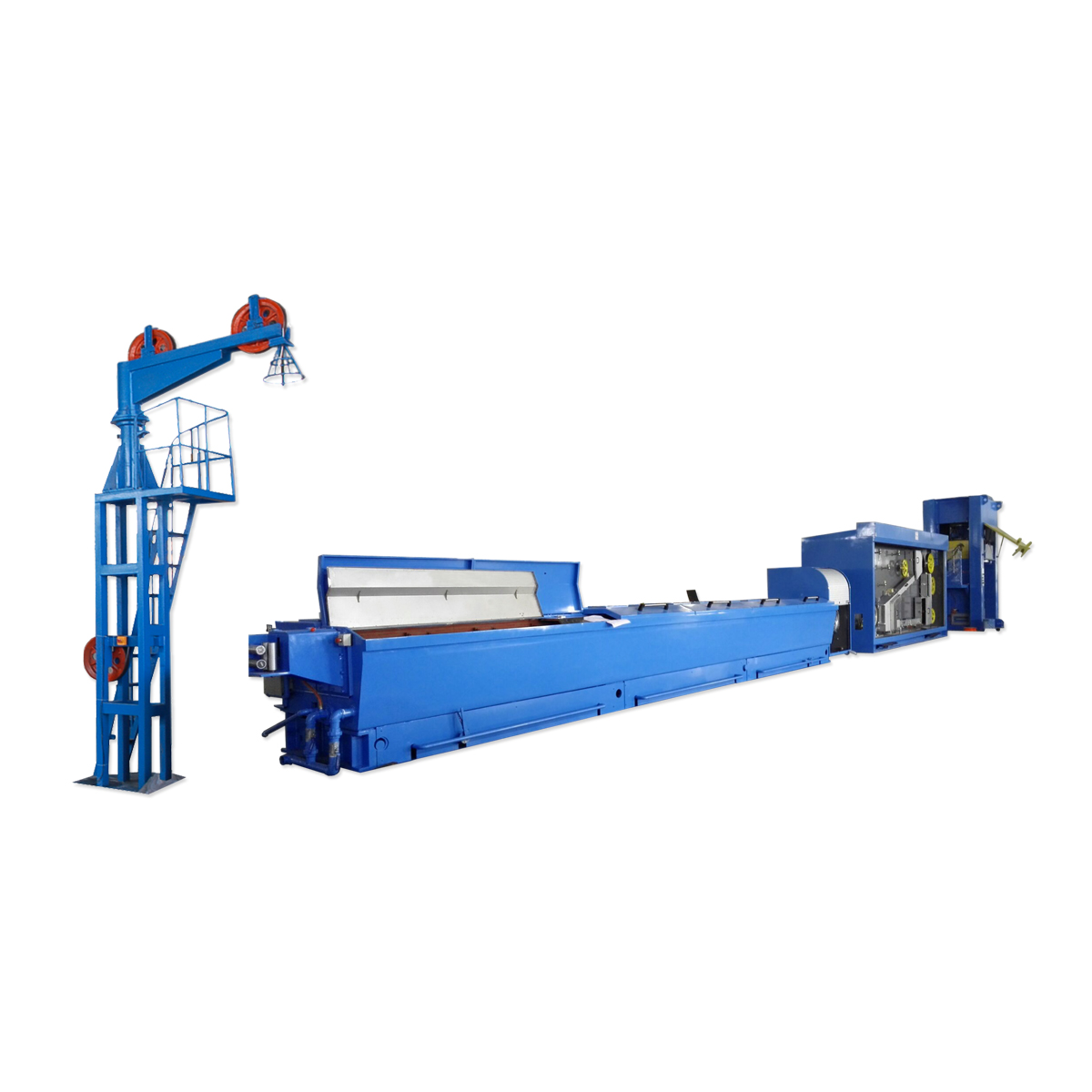
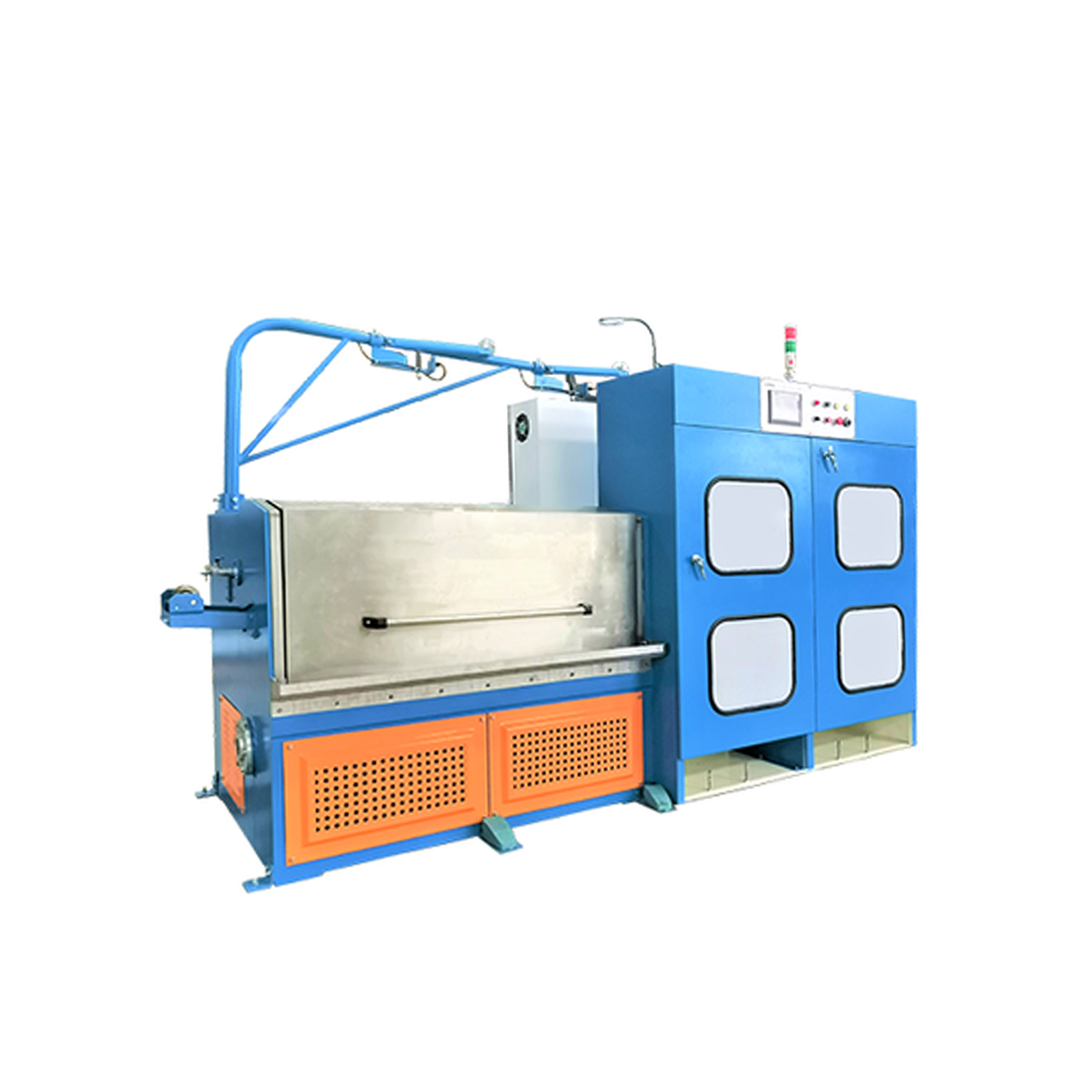
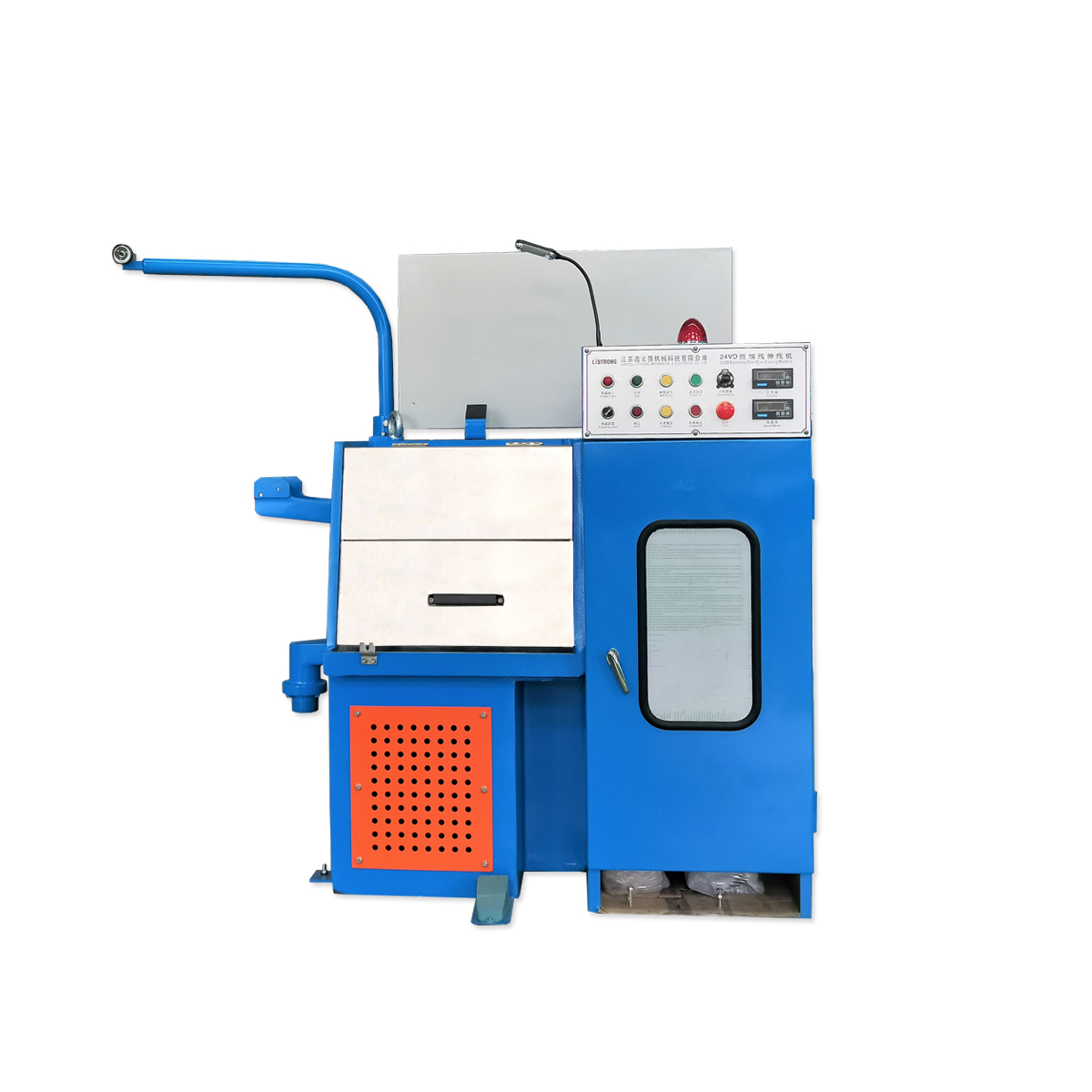
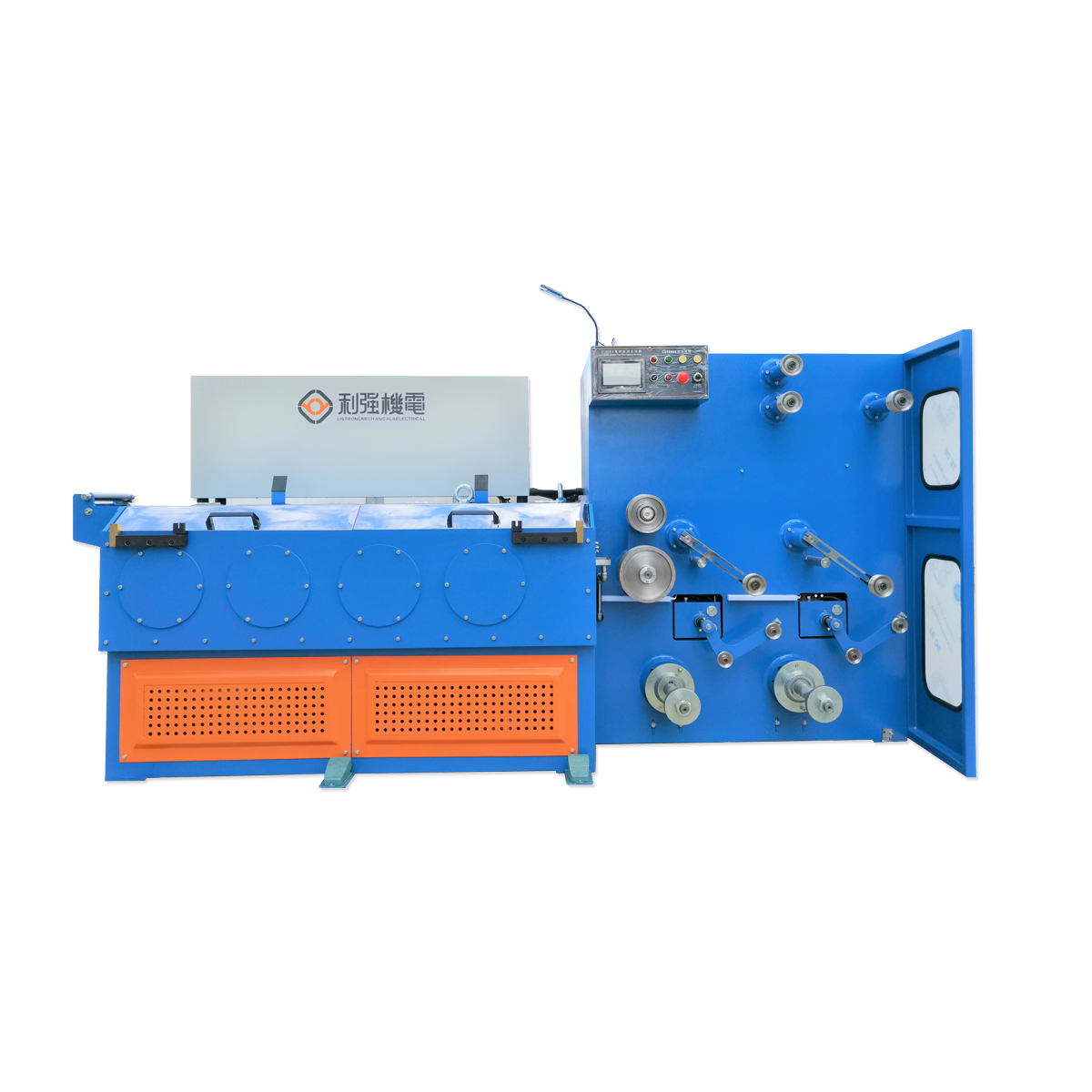
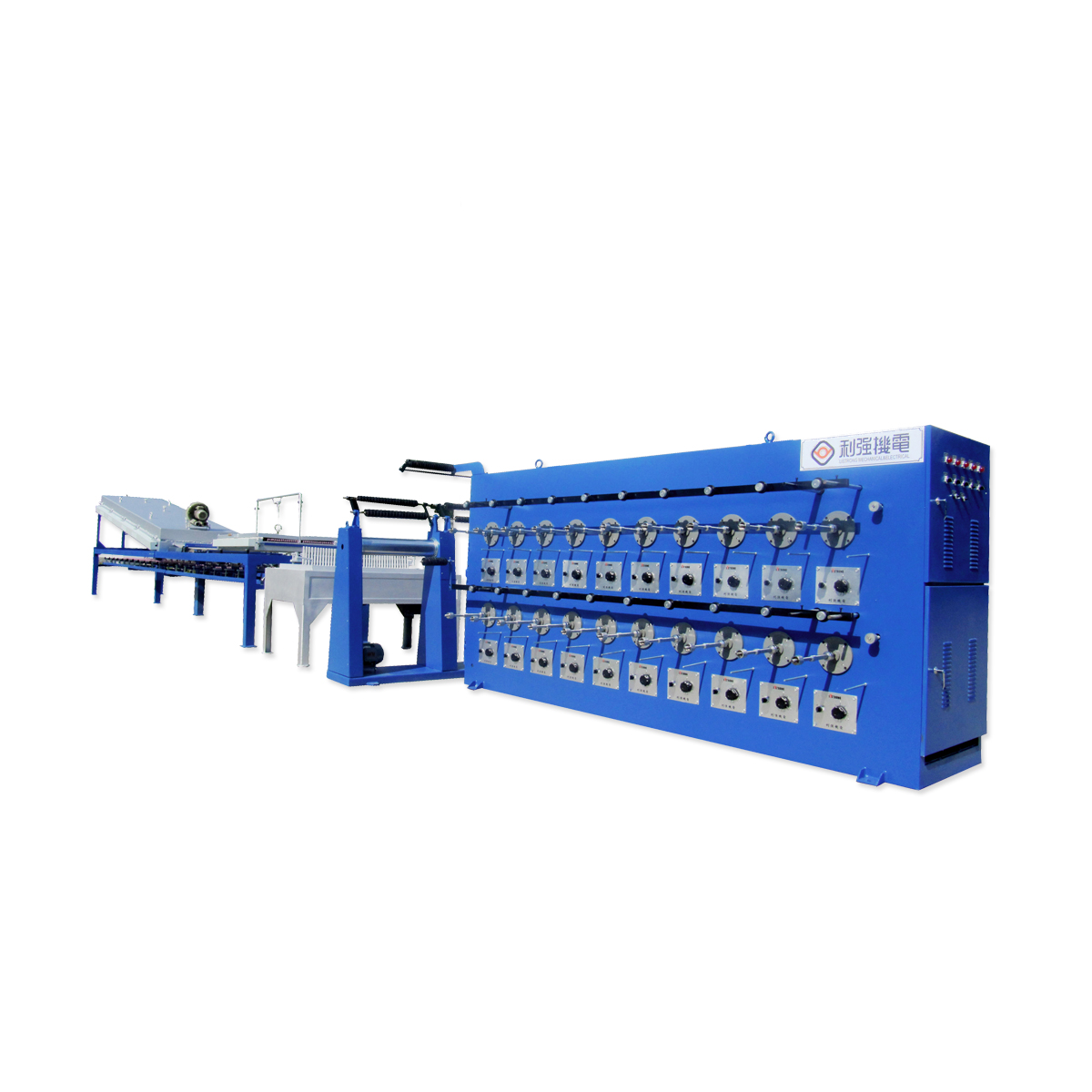
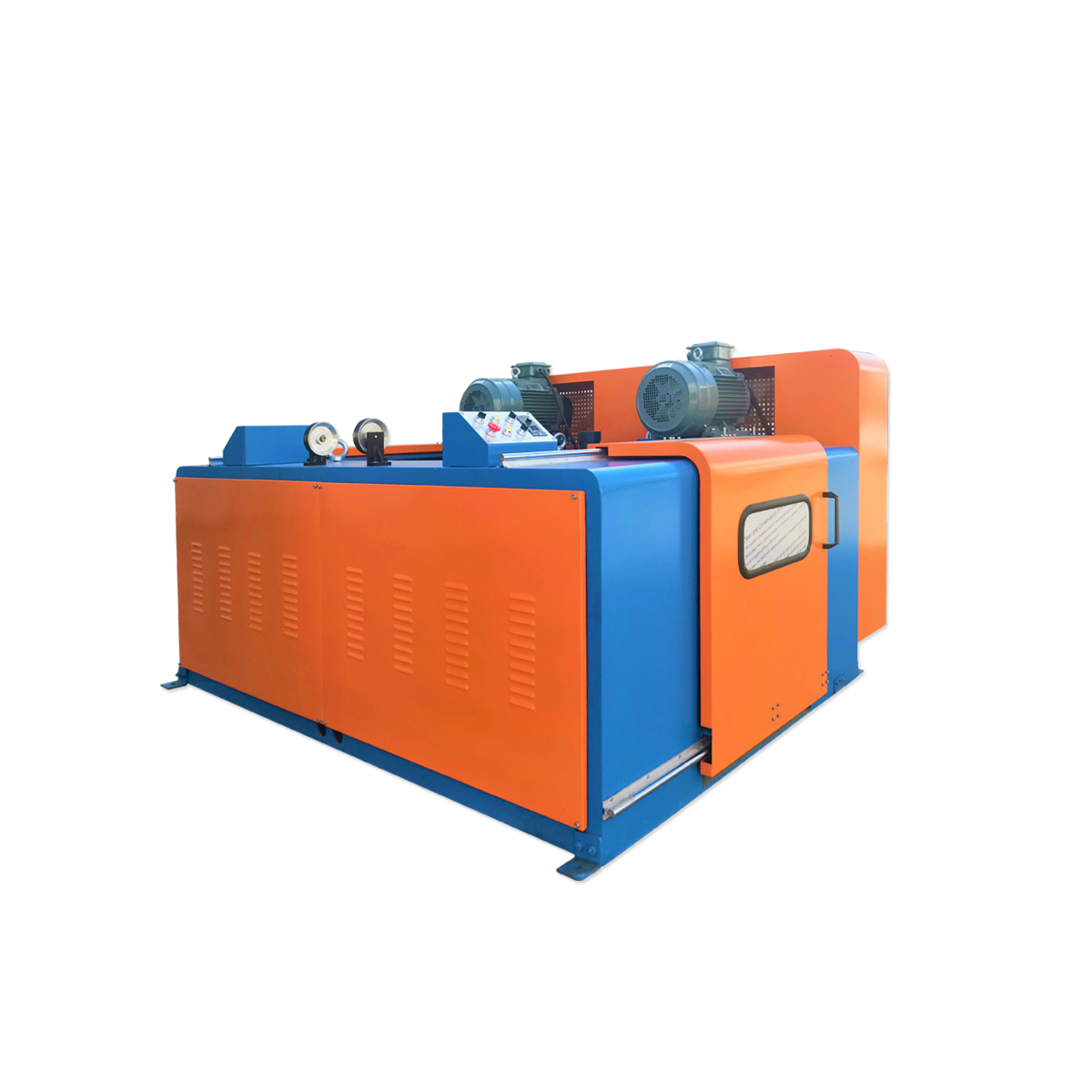
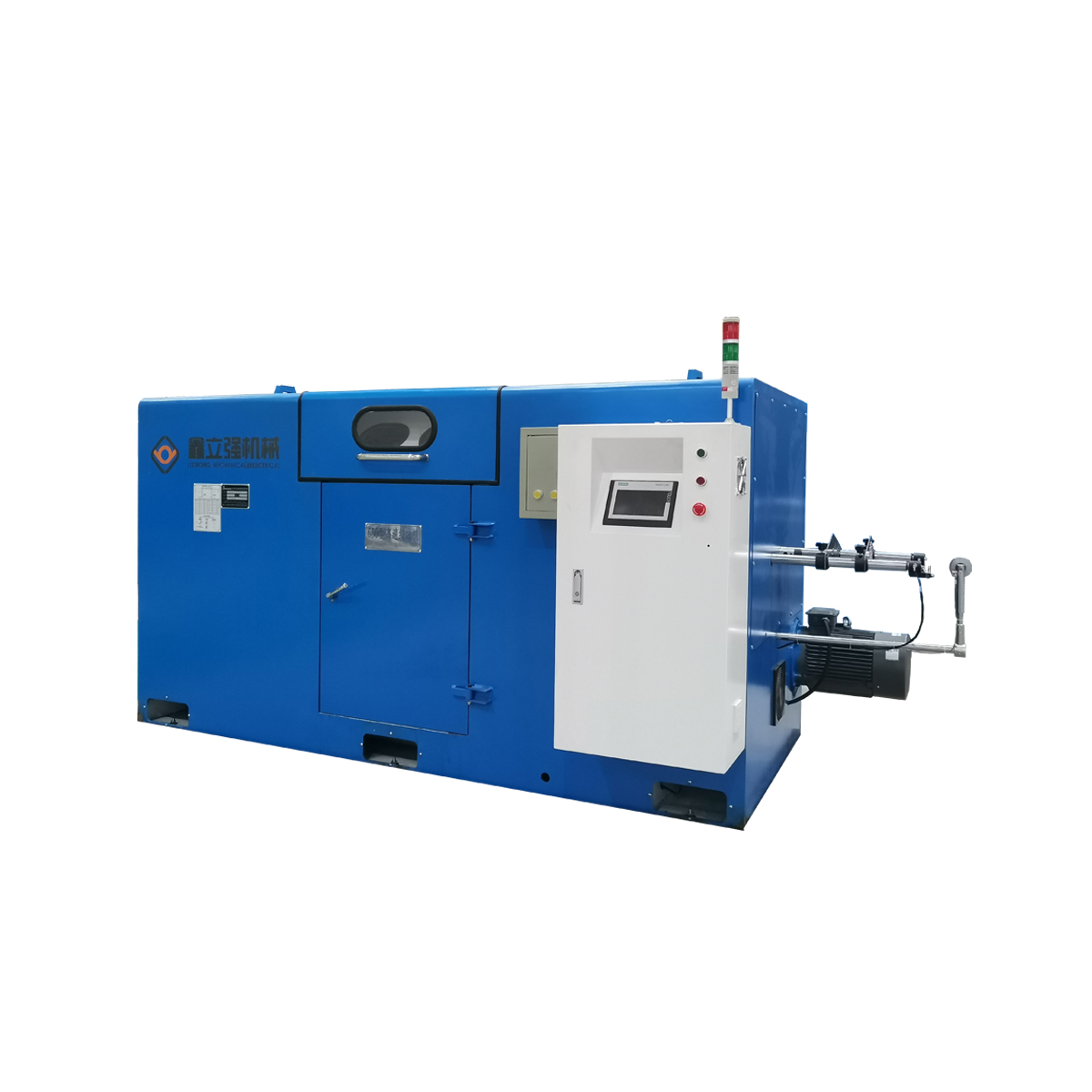
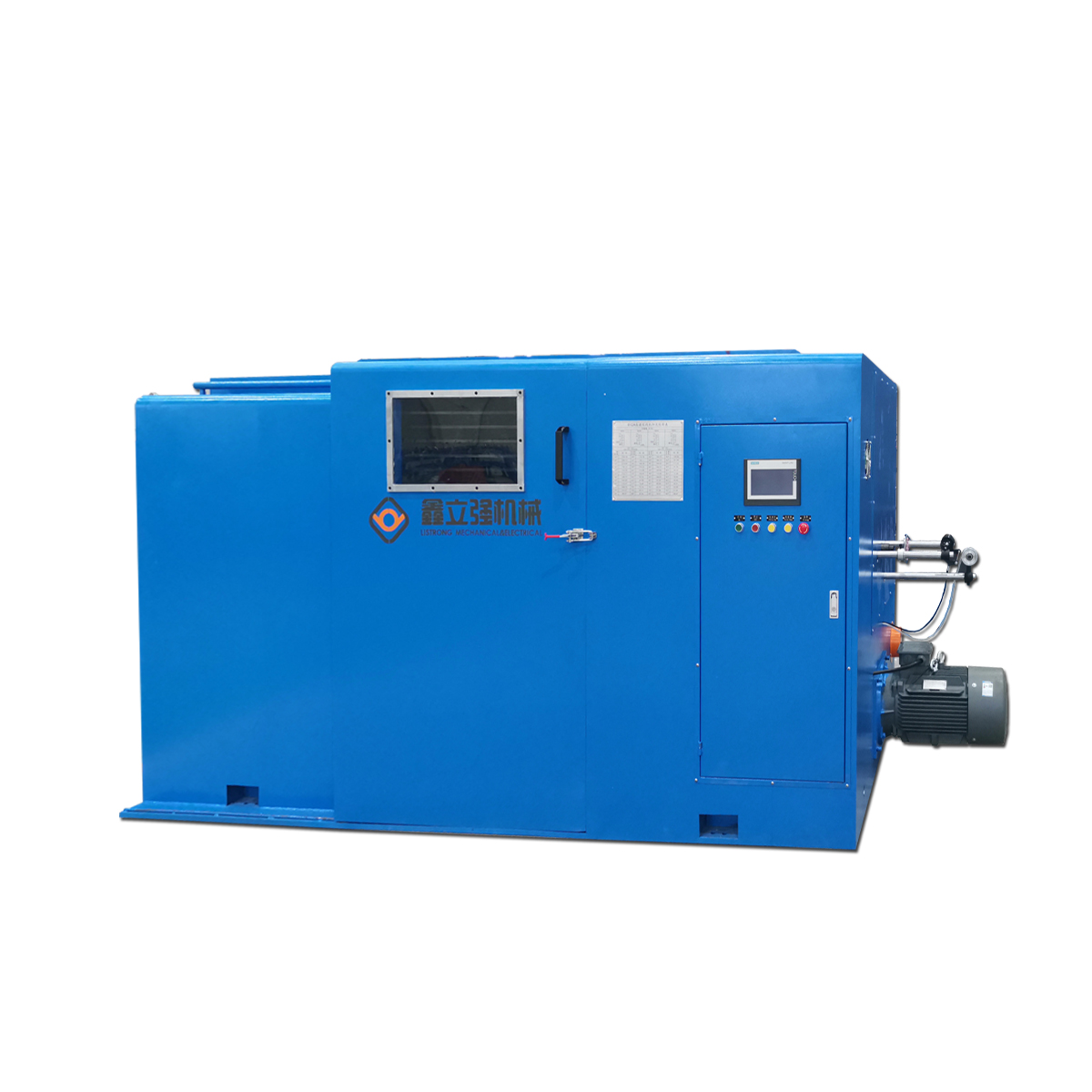
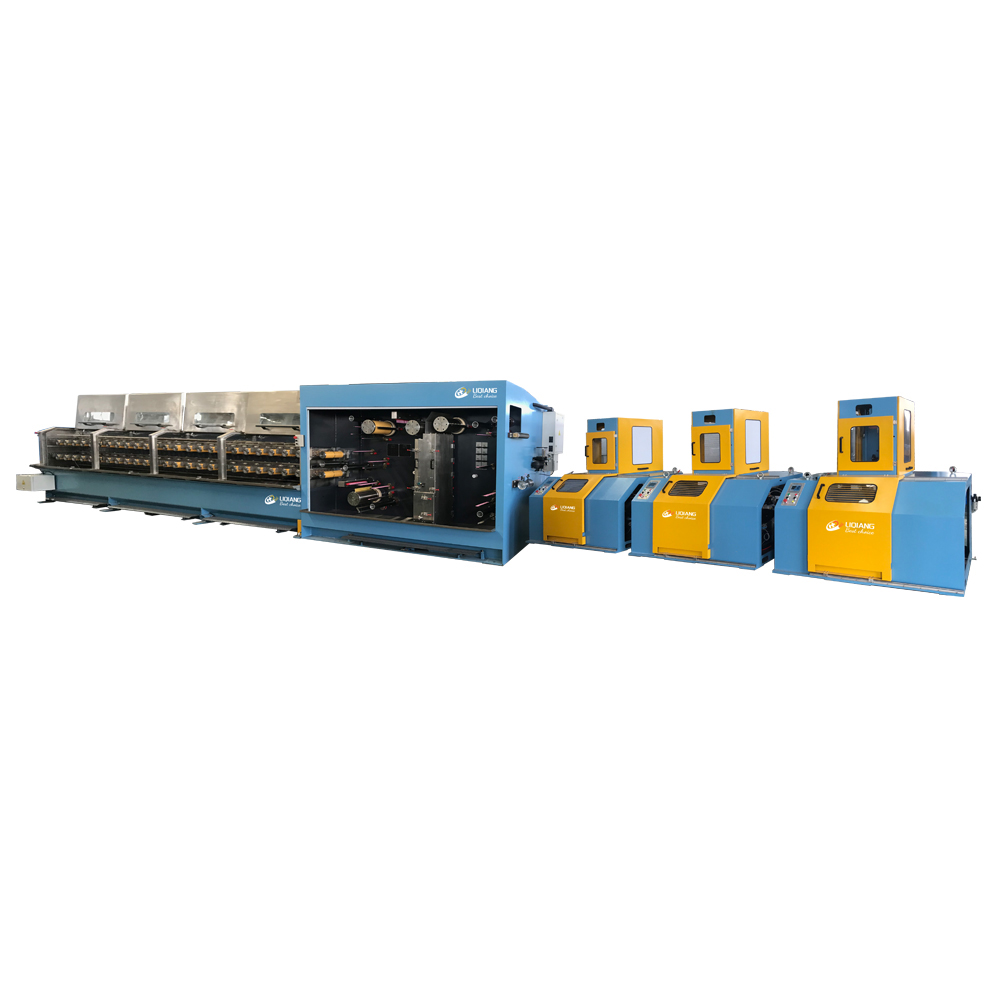



Contact Us